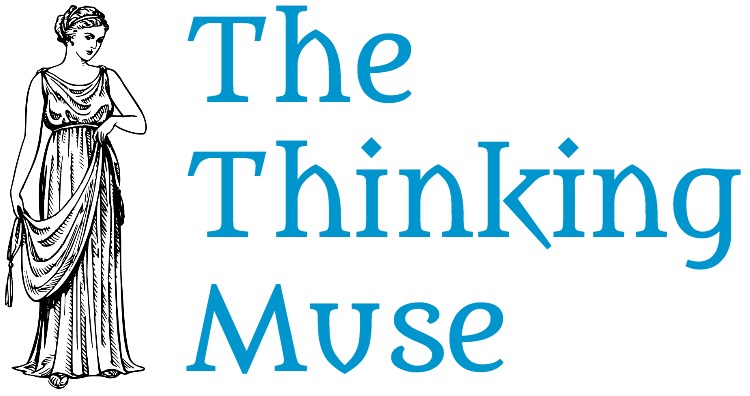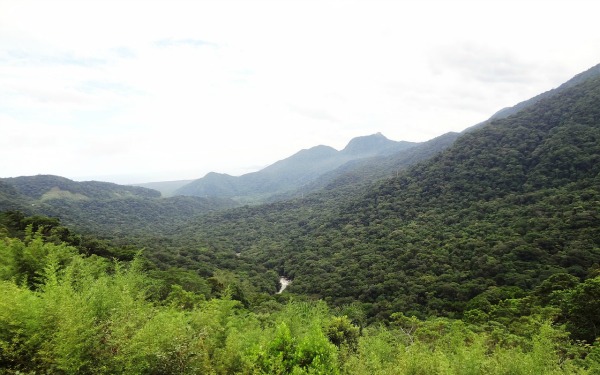The simple pleasures and benefits of being in nature

In every walk with nature one receives far more than one seeks.
-John Muir, 19 July 1877











 A gentle breeze blowing on your skin or the sun warming your back as you sit.
A gentle breeze blowing on your skin or the sun warming your back as you sit.
The sound of birds singing at the first morning light, the smell of trees and grass after the rain, and the bluest sky you have ever seen. How about the taste of fruit freshly picked from the plant?
The deliciousness of nature is there to enjoy for every one of our senses. Have you heard of biophilia? It is “…the idea that humans evolved as creatures deeply enmeshed with the intricacies of nature, and that we still have this affinity with nature ingrained in our genotype.”
This theory developed by Edward O. Wilson asserts that humans love living things and that we have a natural affinity with nature.
I have never heard of this term before, but I feel it has merit. What do I base my opinion on? Because first off I am anything but outdoorsy. In fact, my idea of roughing it is a bad hotel. However, I am still moved by experiences with nature on a very primal level.
Many people cherish their pets as beloved family members. Others tend to extravagant gardens that will never deliver anything on the table, but just peace and satisfaction to their soul. Yet others, spend most of their vacation and free time hiking, camping, and just being in nature.
We are all a part of the larger ecosystem. To love life of any kind is to love ourselves and the world around us. Seems pretty legitimate to me.
But there is something more, beyond the love. Evidence supports the theory that being in nature has health benefits. This is aside from providing us with basic human enjoyment.
That is what this article is about, the benefits of being in nature. Then I provide you with options to seek out those benefits. Enjoy!
Benefits of being in nature
There have been various studies to look at the effect of being in nature. Generally speaking, the effects have shown to be successful in the reduction of depression, anxiety, and stress. I don’t know a person who couldn’t benefit from that! There have also been effects seen on more physical markers such as blood pressure and cholesterol.
One such study looked at the effect of walks. They considered taking a walk in nature versus taking a walk in a shopping center. Many more of those taking a walk in nature felt a reduction in depression. Perhaps not surprising, some of those shopping center walkers reported an increase in their depression.
The effect of nature on well being has even given rise to ecotherapy or green therapy. This utilizes exposure to nature for at least part of the therapy for mental health concerns.
Additionally, studies have also shown that separation or detachment from nature can bring on problems in development and mental health.
If you are interested in other healing articles, see:
- Mind over matter: Learn from the placebo effect to heal yourself
- Mind over matter: 5 ways meditation gives you control of your life
The studies have shown the results, however, they still have scientists scratching their heads as to how or why these effect take place. There are so many different factors to consider that it is impossible to isolate them. It is almost a multivitamin with its complex set of influences. It could be via the immune system. It could be the body healing itself once it is relaxed and enabled to be in a happier state. They simply don’t know.
The enjoyment of scenery employs the mind without fatigue and yet exercises it, tranquilizes it and yet enlivens it; and thus, through the influence of the mind over the body, gives the effect of refreshing rest and reinvigoration to the whole system.
-Frederick Law Olmsted, 1865 Introduction to Yosemite and the Mariposa Grove: A Preliminary Report
I also talk about the relationship of humans and nature/water in Why you need to experience the Buckingham Fountain.
Luckily despite not knowing how or why, we can still act and reap the benefits. Communities and park systems worldwide are trying to implement programs to get people engaged.
This coincides nicely with the 100th anniversary of the U.S. National Park Service. All year the Park Service has been celebrating the stewardship of our great resources with special events. It is easier than ever to enjoy the park system however you want.
What types of parks are there?
Hold on to your chair because you will be shocked at how many different types of parks are in the park service. It is a lot more than just parks.
- Battlefields -areas associated with military history.
- Battlefield parks -larger areas associated with battle history.
- Battlefield site -smaller areas associated with battle history.
- Military parks -larger areas associated with military history.
- Historical parks -larger areas with more complex subjects.
- Historic sites -significant cultural resource that is not a complicated site.
- International historic sites -significant international cultural resource that is not a complicated site.
- Lakeshores -national coast line supporting water–based recreation.
- Memorials -area that memorializes a historic person or event.
- Monuments -single unique cultural or natural feature.
- Parks -nationally and globally significant scenic areas and nature reserves.
- Parkways -scenic roadway and a protected corridor of surrounding parkland.
- Preserves -area designated for protection of certain resources.
- Reserves -similar to national preserves, but the operational authority can be placed with a local government.
- Recreation areas -surrounding reservoirs impounded by dams built by other federal agencies which encompass significant cultural as well as natural resources.
- Rivers -free-flowing streams over their length.
- Wild and scenic rivers and riverways -free-flowing streams over their length.
- Scenic trails -long-distance trails through some of the most scenic parts of the country.
- Seashores -national coast line supporting water–based recreation.
- Other
These may have affiliated areas including national heritage areas, national trails system, or national wild and scenic rivers systems.
Where should I go?
If you feel overwhelmed by all the choices, here are a few tips to find the park right for you.
You can visit the Find Your Park page supported by the National Park Service and the National Park Foundation. Here, you can search by state or by experience.
There is also a fun quiz that help you find your right fit at the National Parks Adventure website. It is called What park are you? Personality quiz.
If you still don’t know what to do, follow the footsteps of others. Visit one of the most visited places of 2015. The parks service had 307,247,252 recreation visits just in 2015. All those people can’t be wrong, right? Here is a list of the most popular sites:
- Blue Ridge Parkway
- Golden Gate National Recreation Area
- Great Smoky Mountains National Park
- Lincoln Memorial
- Lake Mead National Recreation Area
- George Washington Memorial Parkway
- Gateway National Recreation Area
- Natchez Trace Parkway
- Viet Nam Veterans Memorial
- Grand Canyon National Park
Here are the most visited parks in 2015.
- Great Smoky Mountains NP
- Grand Canyon NP
- Rocky Mountain NP
- Yosemite NP
- Yellowstone NP
- Zion NP
- Olympic NP
- Grand Teton NP
- Acadia NP
- Glacier NP
So many choices. You don’t have to pick just one. That is the beauty of it. Challenge yourself to visit as many as you can. Or just go visit all of the sites in one particular category like memorials.
Simple pleasures or health benefits?
Have I inspired you to step outdoors? If so, be honest, what is the primary reason for doing so?
Admit it, it is the love of the simple pleasures, right? It is for me. The health benefits are just a great and motivating side effect. So, I guess that gives me more qualitative evidence to believe in the biophilia theory.
Perhaps that is just my personal experience. However, it does seem to be a pretty universal trait for humans to love nature. At least in some regard, even if it is within the constraints of a no bug and no dirt policy.
Whatever the reason, get outside. Enjoy summer because it will be gone in a flash. Then you can enjoy the fall. Every season has something to give.
If you like this article, feel free to drop me a note and let me know. You can also visit and follow me on Twitter.
Resources
100 years, 100 national park experiences from CNN
14 Patterns of biophilic design from Terrapin Bright Green
Being In Nature Benefits Health – But How? from IFLScience
Benefits Of Ecotherapy: Being In Nature Fights Depression, Improves Mental Health And Well-Being from Medical Daily
Edward O. Wilson’s Biophilia Hypothesis from Wilderdom
Keniger, Lucy et al. “What Are the Benefits of Interacting with Nature?” IJERPH 10.3 (2013): 913–935. CrossRef. Web.
National Park System from National Park Service
Parks and Improved Mental Health and Quality of Life from National Park and Recreation Association
Visitation Historic and Top 10 sites from National Park Service
What park are you? Personality quiz from National Parks Adventure
Wikipedia contributors. “National Park Service.” Wikipedia, The Free Encyclopedia. Wikipedia, The Free Encyclopedia, 7 Jul. 2016. Web. 24 Jul. 2016.




